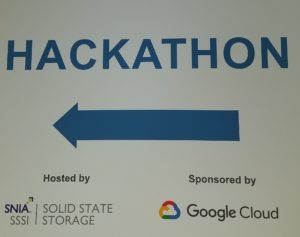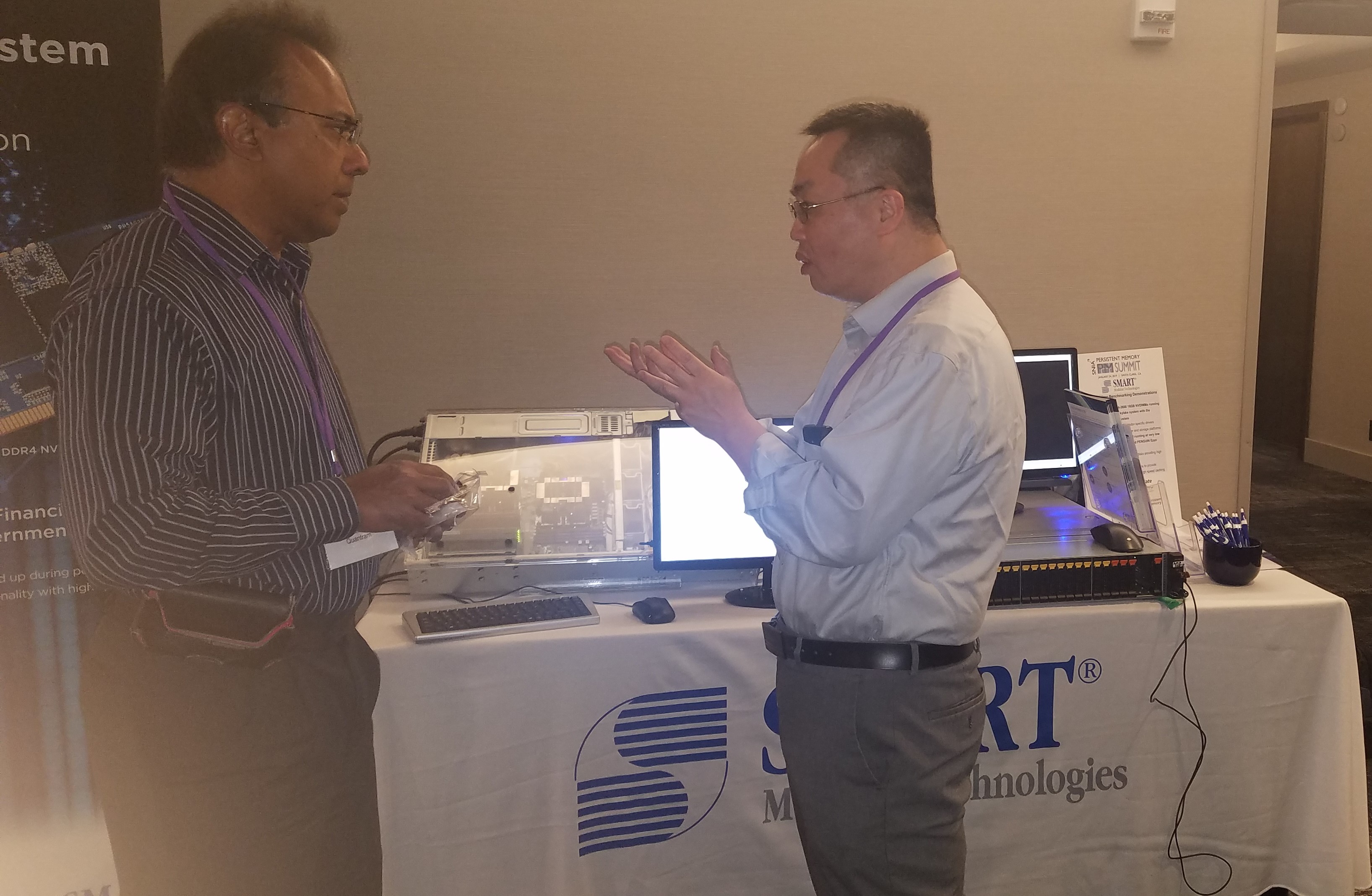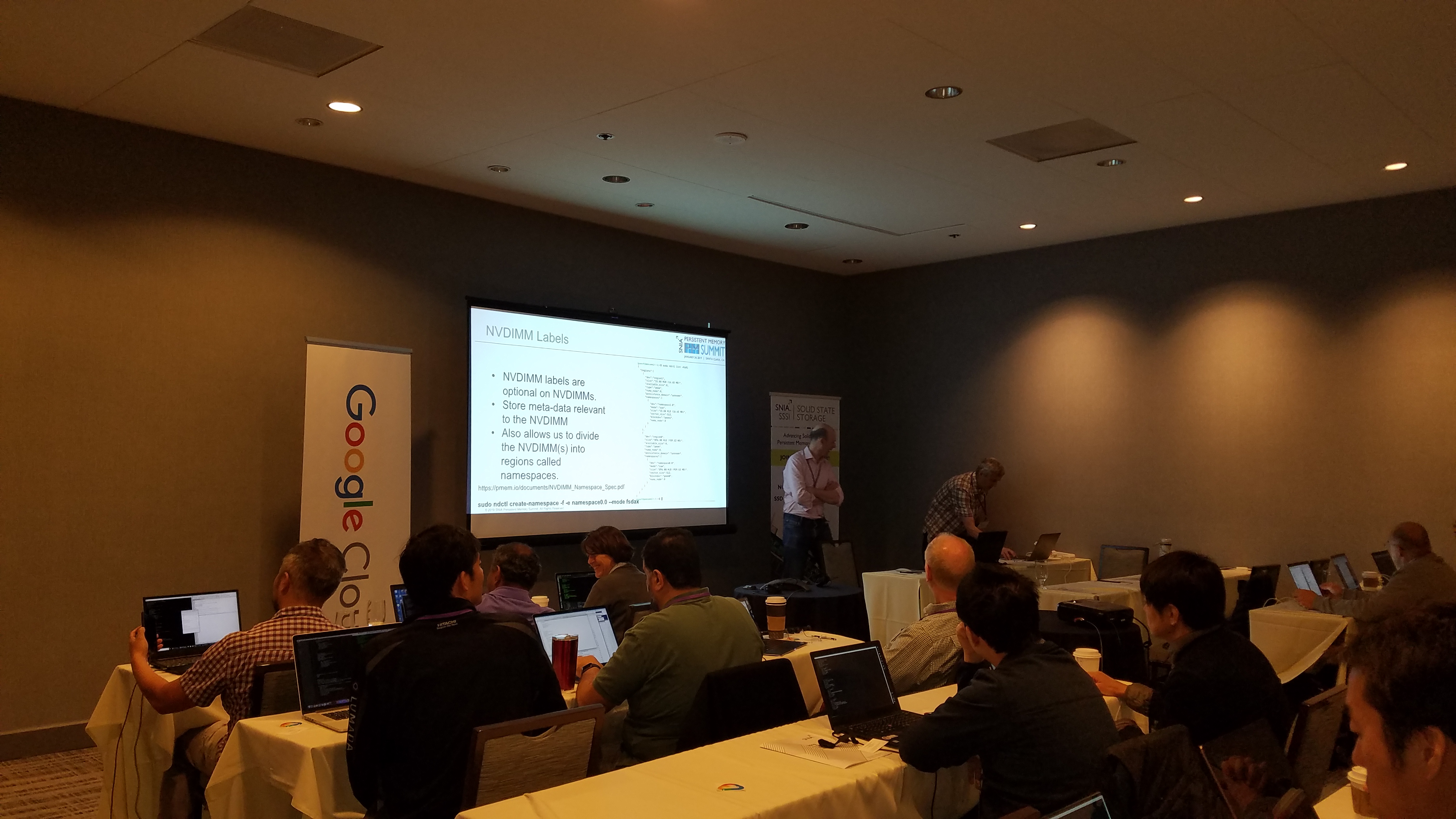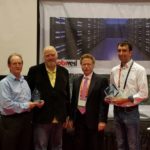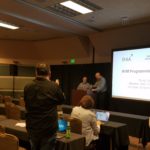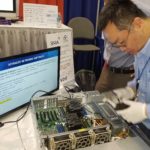 With a topic like Emerging Memory Poised to Explode, no wonder this SNIA Solid State Storage Initiative webcast generated so much interest!
With a topic like Emerging Memory Poised to Explode, no wonder this SNIA Solid State Storage Initiative webcast generated so much interest! 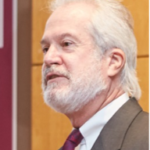 Our audience had some great questions, and, as promised, our experts Tom Coughlin and Jim Handy provide the answers in this blog. Read on, and join SNIA at the Persistent Memory Summit January 24, 2019 in Santa Clara CA. Details and complimentary registration are at www.snia.org/pm-summit.
Our audience had some great questions, and, as promised, our experts Tom Coughlin and Jim Handy provide the answers in this blog. Read on, and join SNIA at the Persistent Memory Summit January 24, 2019 in Santa Clara CA. Details and complimentary registration are at www.snia.org/pm-summit.
Q. Can you mention one or two key applications leading the effort to leverage Persistent Memory?
A. Right now the main applications for Persistent Memory are in Storage Area Networks (SANs), where NVDIMM-Ns (Non-Volatile Dual In-line Memory Modules) are being used for journaling. SAP HANA, SQLserver, Apache Ignite, Oracle RDBMS, eXtremeDB, Aerospike, and other in-memory databases are undergoing early deployment with NVDIMM-N and with Intel’s Optane DIMMs in hyperscale datacenters. IBM is using Everspin Magnetoresistive Random-Access Memory (MRAM) chips for higher-speed functions (write cache, data buffer, streams, journaling, and logs) in certain Solid State Drives (SSDs), following a lead taken by Mangstor. Everspin’s STT MRAM DIMM is also seeing some success, but the company’s not disclosing a lot of specifics.
Q. I believe that anyone who can ditch the batteries for NVDIMM support will happily pay a mark-up on 3DXP DIMMs should Micron offer them.
A: Perhaps that’s true. I think that Micron, though, is looking for higher-volume applications. Micron is well aware of the size of the NVDIMM-N market, since the company is an important NVDIMM supplier. Everspin is probably also working on this opportunity, since its STT MRAM DIMM is similar, although at a significantly higher price than Dynamic Random Access Memory (DRAM).
Volume is the key to more applications for 3DXPoint DIMMs and any other memory technology. It may be that the rise of Artificial Intelligence (AI) applications will help drive the greater use of many of these fast Non-Volatile Memories.
Q. Any comments on HPE’s Memristor?
A: HPE went very silent on the Memristor at about the same time that the 3D XPoint Memory was introduced. The company explained in 2016 that the first generation of “The Machine” would use DRAM instead of the Memristor. This leads us to suspect that 3D XPoint turned some heads at HPE. One likely explanation is that HPE by itself would have a very difficult time reaching the scale required to bring the Memristor’s cost to the necessary level to justify its use.
Q. Do you expect NVDIMM-N will co-exist into the future with other storage class memories because of its speed and essentially unlimited endurance of DRAM?
A: Yes. The NVDIMM-N should continue to appeal to certain applications, especially those that value its technical attributes enough to offset its higher-than-DRAM price.
Q. What are Write/Erase endurance limitations of PCM and STT? (vis a vis DRAM’s infinite endurance)?
A: Intel and Micron have never publicly disclosed their endurance figures for 3D XPoint, although Jim Handy has backed out numbers in his Memory Guy blog (http://TheMemoryGuy.com/examining-3d-xpoints-1000-times-endurance-benefit/). His calculations indicate an endurance of more than 30K erase/write cycles, but the number could be significantly lower than this since SSD controllers do a good job of reducing the number of writes that the memory chip actually sees. There’s an SSD guy series on this: http://thessdguy.com/how-controllers-maximize-ssd-life/, also available as a SNIA SSSI TechNote. Everspin’s EMD3D256M STT MRAM specification lists an endurance of 10^10 cycles.
Q. Your thoughts on Nanotube RAM (NRAM)?
A: Although the nanotube memory is very interesting it is only one member in a sea of contenders for the Persistent Memory crown. It’s very difficult to project the outcome of a device that’s not already in volume production.
Q. Will Micron commercialize 3D XPoint? I do not see them in the market as much as Intel on Optane.
A: Micron needs a clear path to profitability to rationalize entering the 3D XPoint market whereas Intel can justify losing money on the technology. Learn why in an upcoming post on The Memory Guy blog.
Thanks again to the bearded duo and their moderator, Alex McDonald, SNIA Solid State Storage Initiative Co-Chair! Bookmark the SNIA Brighttalk webcast link for more great webcasts in 2019!

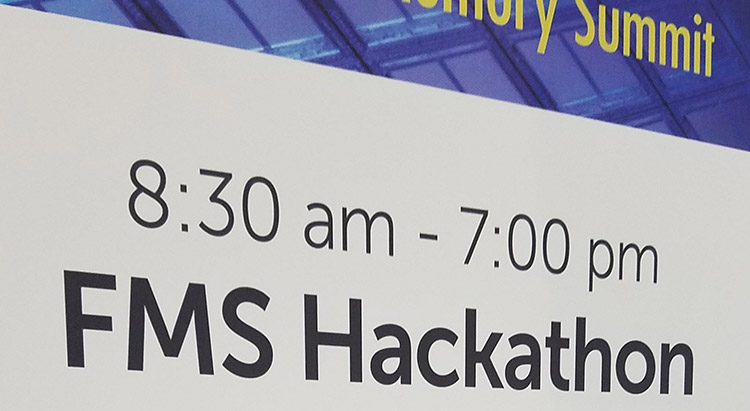


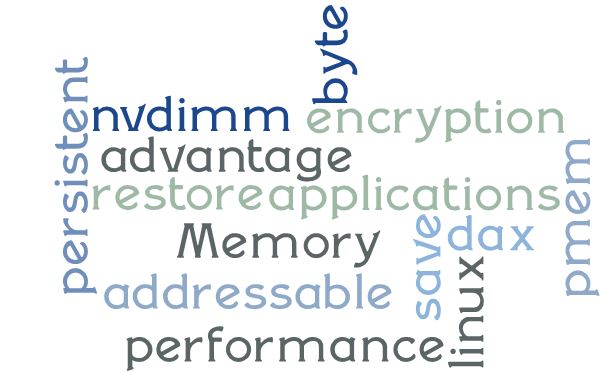 You can catch up on videos of Summit talks, along with the slides presented,
You can catch up on videos of Summit talks, along with the slides presented, 